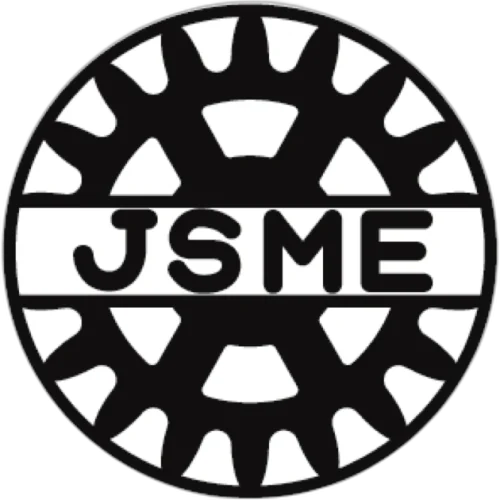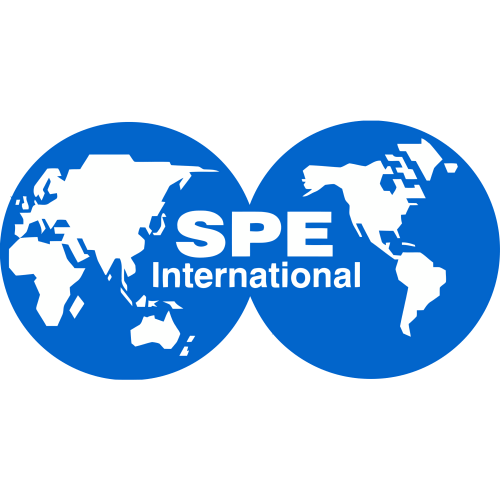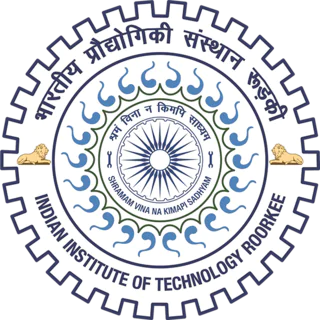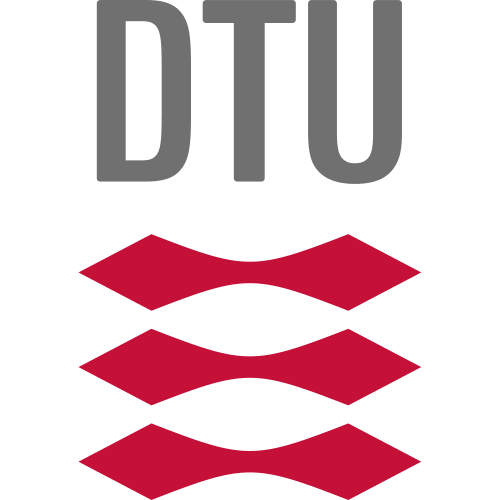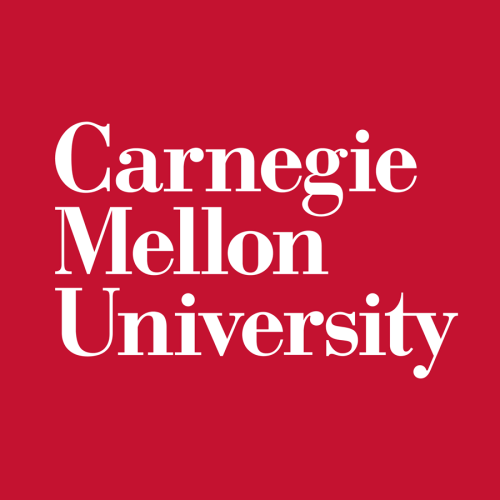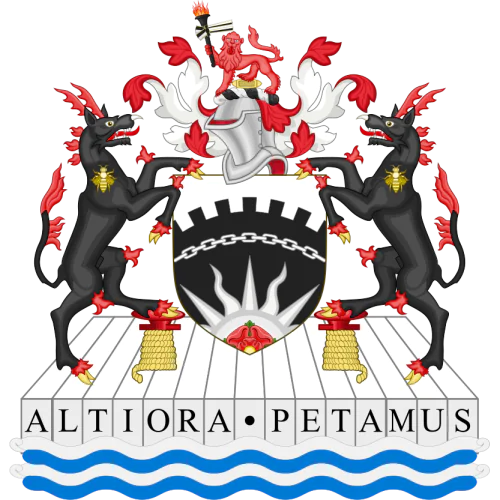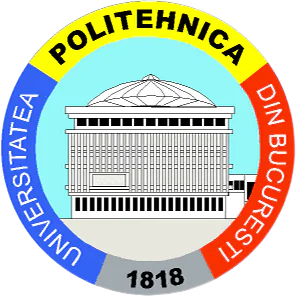Are you a researcher?
Create a profile to get free access to personal recommendations for colleagues and new articles.
journal names
A S L E Transactions
Top-3 citing journals

Wear
(2987 citations)

Tribology International
(1963 citations)

A S L E Transactions
(1918 citations)
Top-3 organizations

Imperial College London
(6 publications)
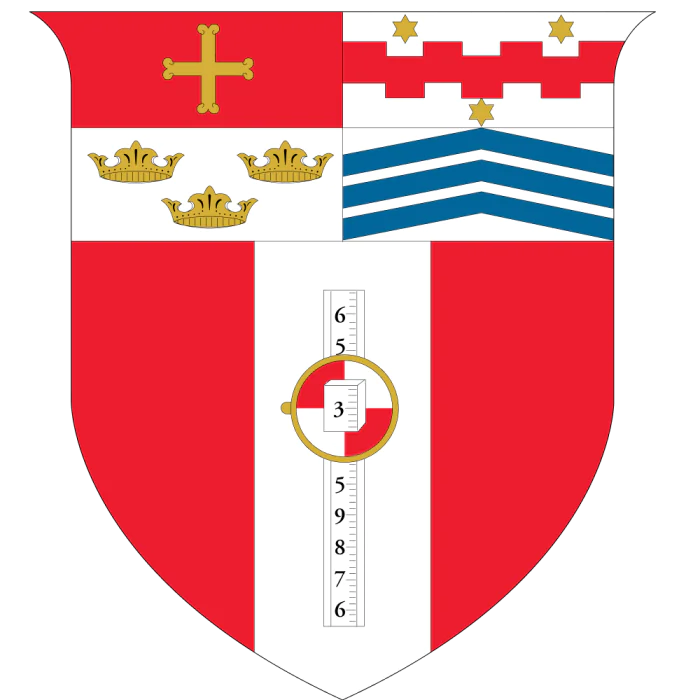
Rensselaer Polytechnic Institute
(5 publications)

Massachusetts Institute of Technology
(3 publications)
Top-3 countries
Most cited in 5 years
Found
Nothing found, try to update filter.
Found
Nothing found, try to update filter.
Top-100
Citing journals
Citing publishers
Publishing organizations
Publishing countries
|
20
40
60
80
100
120
140
|
|
|
USA
|
USA, 130, 9.65%
USA
130 publications, 9.65%
|
|
United Kingdom
|
United Kingdom, 20, 1.48%
United Kingdom
20 publications, 1.48%
|
|
Japan
|
Japan, 9, 0.67%
Japan
9 publications, 0.67%
|
|
France
|
France, 3, 0.22%
France
3 publications, 0.22%
|
|
India
|
India, 3, 0.22%
India
3 publications, 0.22%
|
|
Germany
|
Germany, 2, 0.15%
Germany
2 publications, 0.15%
|
|
Egypt
|
Egypt, 2, 0.15%
Egypt
2 publications, 0.15%
|
|
Denmark
|
Denmark, 1, 0.07%
Denmark
1 publication, 0.07%
|
|
Iraq
|
Iraq, 1, 0.07%
Iraq
1 publication, 0.07%
|
|
Canada
|
Canada, 1, 0.07%
Canada
1 publication, 0.07%
|
|
Mexico
|
Mexico, 1, 0.07%
Mexico
1 publication, 0.07%
|
|
Netherlands
|
Netherlands, 1, 0.07%
Netherlands
1 publication, 0.07%
|
|
Norway
|
Norway, 1, 0.07%
Norway
1 publication, 0.07%
|
|
Romania
|
Romania, 1, 0.07%
Romania
1 publication, 0.07%
|
|
Turkey
|
Turkey, 1, 0.07%
Turkey
1 publication, 0.07%
|
|
Sweden
|
Sweden, 1, 0.07%
Sweden
1 publication, 0.07%
|
|
20
40
60
80
100
120
140
|




















